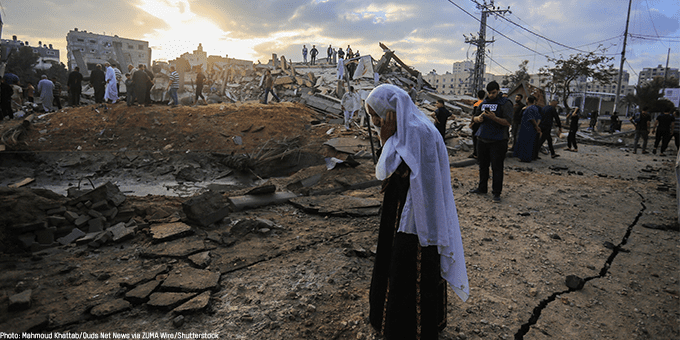Anna Marriott, Oxfam Health Policy Manager and Policy co-lead for the People’s Vaccine Alliance said:
The 2021 Global Health Summit ended today in danger of being judged an historical failure of global solidarity to tackle a Covid-19 pandemic that is still, around the world, in its first expanding phase and yet to peak. World leaders talked eloquently about the bottle-necks that are limiting vaccine manufacturing and supply, and the gross inequalities today of global vaccinations, but their solutions remain the same tired ones that have failed billions of people who remain unvaccinated and vulnerable to infection ahead.
Nine people are dying every minute while the vaccine stores of COVAX – a multilateral initiative to get vaccines to developing countries – lie empty. Rich nations again parroted the lines of the same pharmaceutical companies who’ve succeeded better in creating new vaccine billionaires among their CEOs and major shareholders than they have supplying enough stock. The trickle of charity promised at the summit today was the sound of a bucket of water being thrown on a forest fire.
Governments representing the vast majority of the world’s people are calling for an end to the corporate vaccine monopolies and demanding the mandatory sharing of the rights in order to produce more doses. But a handful of rich countries are continuing to put their relationships with big pharma ahead of ending this pandemic. Pharmaceutical corporations have had more than a year to voluntarily share their intellectual property and know-how but have instead put profits before people at every turn. Relying on just a handful of pharmaceutical corporations to make enough vaccines – and the sharing of crumbs of that supply to developing countries as charity – is an insult to the nurses and doctors on the front lines trying to save lives now.
G20 leaders have once again ceded control of this pandemic to a handful of pharmaceutical corporations who continue to dictate who will get a vaccine and live, and those who will not and may die as a result.






